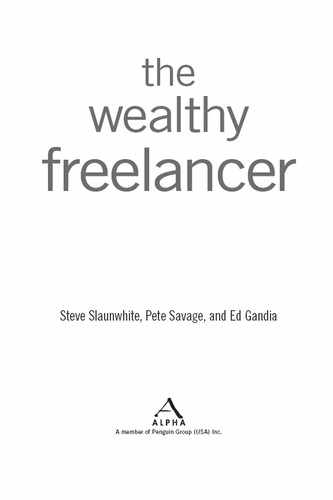“But Every Project Is Different!”
With few exceptions, no two freelance projects are exactly the same. So how can you develop a fee schedule that’s in any way accurate?
Keep in mind that the purpose of a fee schedule is to give clients an idea of your professional rates and to allow you to quote a ballpark fee. Your fee schedule is not meant to be a definitive price list clients can use to place an order for your services. It’s meant, instead, to be a guide.
That’s why I recommend you list a fee range for each of the types of projects you handle, rather than a single fee, as shown in the earlier fee schedule example. That gives you the opportunity to customize the project price accordingly as you learn more about its scope and requirements.
Another technique to deal with this issue is to feature a “typical project” on your fee schedule. Say you’re quoting the design of a website. In your fee schedule, you could say something like this:
Website design that includes one home-page template and one inside-page template. Sourcing of up to five royalty-free images. Uploading and testing. $2,500 to $3,500.
This approach enables you to provide a ballpark price for a typical website and then come up with an actual price later on when you get more details on the project. A client is hardly going to be surprised to learn that it’s going to cost extra for you to install a shopping cart program and a blog.
..................Content has been hidden....................
You can't read the all page of ebook, please click here login for view all page.
